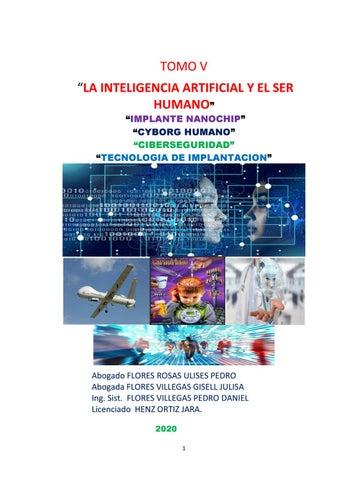Artificial Intelligence penetrates the dark areas of the Moon for the first time
Researchers at the Max Planck Institute for Solar System Research in Germany have developed an algorithm equipped with Artificial Intelligence, capable of penetrating the dark areas of the Moon and obtaining images of them despite the complete lack of light .
The Earth is tilted 23 degrees with respect to the plane in which the planets revolve around the Sun, and this tilt not only creates the annual seasons, but also plunges the Earth's poles into periods of light and darkness.
The Moon is different: it is tilted with respect to the plane in which the planets revolve around the Sun by only 1.5°. Consequently, it has low elevation areas at the poles that remain dark throughout the lunar year.
These dark areas are called permanently shadowed regions (PSRs): the Moon has hundreds of them at its poles.
The interior of Shackleton crater, which is 21 kilometers across and more than 4 kilometers deep, is one of those dark areas on the Moon.
Hidden treasures
These dark regions are scientifically very valuable: they can accumulate thick deposits of ice and other volatiles (ammonia, methane…), which hold clues to the origin of the inner solar system.

Ice deposits found in PSRs also have the potential to be useful to future explorers as a source of air, water or fuel, the researchers note.
In the near future, NASA and other entities plan to send rovers and humans to characterize the ice that is supposed to exist within the PSRs and thus unveil an impenetrable mystery for more than 70 years.
The mystery stems from the fact that these dark areas are difficult to photograph from satellites orbiting the Moon. The few photons that PSRs reflect are often overwhelmed by static camera noise and quantum effects, Scientific American notes.
Artificial Intelligence
What German researchers have achieved is a deep learning algorithm (a branch of Artificial Intelligence) to sneak into the dark, see and image these dark areas.
This algorithm allows researchers to reveal never-before-seen geomorphological features, such as rocks and craters up to 3 meters in size, which is ten times the resolution previously achieved at those lunar latitudes.
Researchers used more than 70,000 images of completely dark lunar areas, with no light signal, combined with details about temperature and position, obtained by the orbiting camera.
With this information, they trained the algorithm to learn to recognize and filter out static noise from the camera and quantum effects on traveling photons.
During the process, the algorithm learned from millions of sunlit lunar photos, paired with simulated shadow versions of the same images.
Digital photography without light
The researchers explain that they have resorted to a technique similar to that used in photography with a digital camera in low light situations, to achieve the feat over the dark areas of Moon.
The technique was tested to analyze, despite total darkness, the size and distribution of craters and rocks in various PSRs that could be explored by NASA's Artemis lunar program.
They also assessed the probable origins of some rocks and plotted a potential route for a rover through a PSR on the Moon's Leibnitz Plateau, avoiding obstacles and slopes steeper than 10 degrees that were in total darkness.
Reference
Peering into lunar permanently shadowed regions with deep learning. V.T. Bickel et al. Nature Communications volume 12, Article number: 5607 (2021). DOI: https://doi.org/10.1038/s41467-021-25882-z
